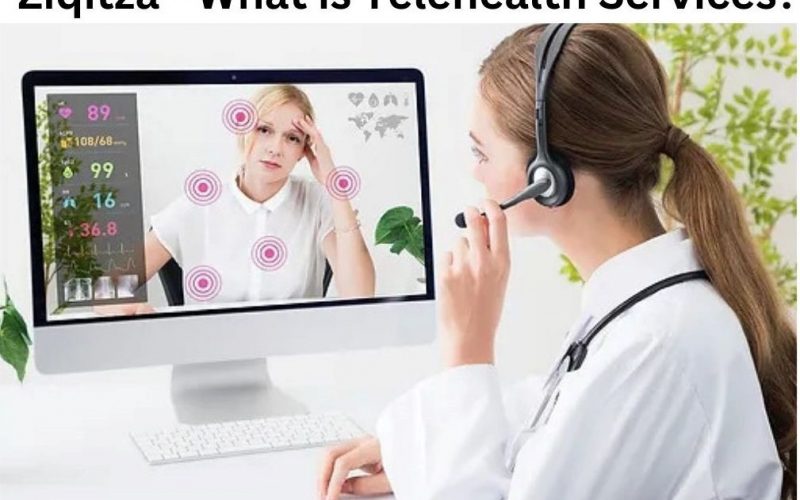Telehealth is the practice of managing your health care and receiving medical care remotely by using internet information and communication technologies. Technologies include desktop and mobile devices like tablets and smartphones. You might utilise this technology at home or, in remote places, a nurse or other healthcare provider could offer telehealth services out of a clinic or mobile van. Telehealth, according to Ziqitza Healthcare ltd, is the use of technology by your healthcare professional to improve or support healthcare services.
Some of the goals of telehealth, also referred to as e-health or m-health (mobile health), include the following:
- Make it easier for people to receive healthcare if they live in remote or rural areas.
- To keep everyone safe from communicable diseases such as COVID-19.
- Provide primary care for a variety of ailments.
- Make services easier to use or more convenient for people who have limited time, mobility, or transportation.
- Provide access to medical experts.
- Enhance communication and care coordination between the medical staff and the patient.
- Provide guidance on how to handle your own medical care.
Ziqitza elaborates that a vast majority of people used and adopted telehealth during the COVID-19 pandemic and are still using it. Ziqitza Healthcare lists down a variety of benefits of telehealth services:
Virtual Visits: Some clinics may employ telemedicine to deliver care across distance. Clinics might provide virtual visits, for instance. These enable you to speak with a nurse, mental health counsellor, or healthcare professional via phone or video chat. Numerous diseases, including migraines, skin disorders, diabetes, depression, anxiety, colds, coughing, and COVID-19, can be treated with virtual visits. Through these visits, you can get care from a provider when an in-person visit is not required or is not feasible. Ziqitza Rajasthan elaborates that numerous diseases, including migraines, skin disorders, diabetes, depression, anxiety, colds, coughing, and COVID-19, can be treated with virtual visits.
Remote Monitoring: The ability to remotely check on your health is made possible by a number of technologies. Included in these technologies are:
- Web-based or mobile apps used for uploading or sending data to your provider or the medical staff. Ziqitza Limited says, for instance, if you have diabetes, you can upload food diaries, blood sugar readings, and medication that a nurse checks.
- Devices that wirelessly communicate information on variables like blood pressure, blood sugar, and oxygen levels.
- Automated data collection and transmission from wearable technology. Such information as your heart rate, blood sugar, gait pattern, posture, tremors, physical activity, or sleep patterns, for instance, may be recorded by the devices.
- Home monitoring systems that can detect changes in daily activities, such as falls, in elderly or dementia patients.
- Devices that alert you when it’s time to take medication or exercise.
Ability to consult multiple care providers: In order to better serve their patients, providers might also leverage technology. For instance, when they have issues about your diagnosis or treatment, primary care doctors can receive advice from specialists in other cities through a virtual consultation. Exam notes, medical history, test results, X-rays, and other images are sent to the specialist by the primary care physician for review. The expert might respond by email. A virtual appointment with you at your provider’s office is another option. Additionally, they can request a face-to-face encounter.
The use of technology by a nurse or other healthcare provider to deliver care from a doctor’s office, clinic, or mobility van in a rural location is occasionally possible. ZHL Rajasthan explains that the nurses can dial the number of a specialist or provider at a hospital to conduct a remote consultation.
These online consultations could reduce the need for pointless in-person referrals to a specialist. They might shorten the time you have to wait to visit a specialist. Additionally, they can eliminate the requirement for you to visit a professional.
Patient Portals: A patient portal may be available online at your primary care office. Instead of using email, these portals give you a safer alternative to communicate with your provider.
Health Applications: To assist patients better manage their medical information in a safe location, many apps have been created. These digital tools help you:
- Keep a record of your medical information.
- Keep track of the vitals.
- Track and calculate your caloric intake.
- Set up reminders to take your medicines.
- Keep a daily step count or other record of your physical activity.
The quality of healthcare could be enhanced through technology. Furthermore, technology may make it simpler for more people to access medical treatment.


